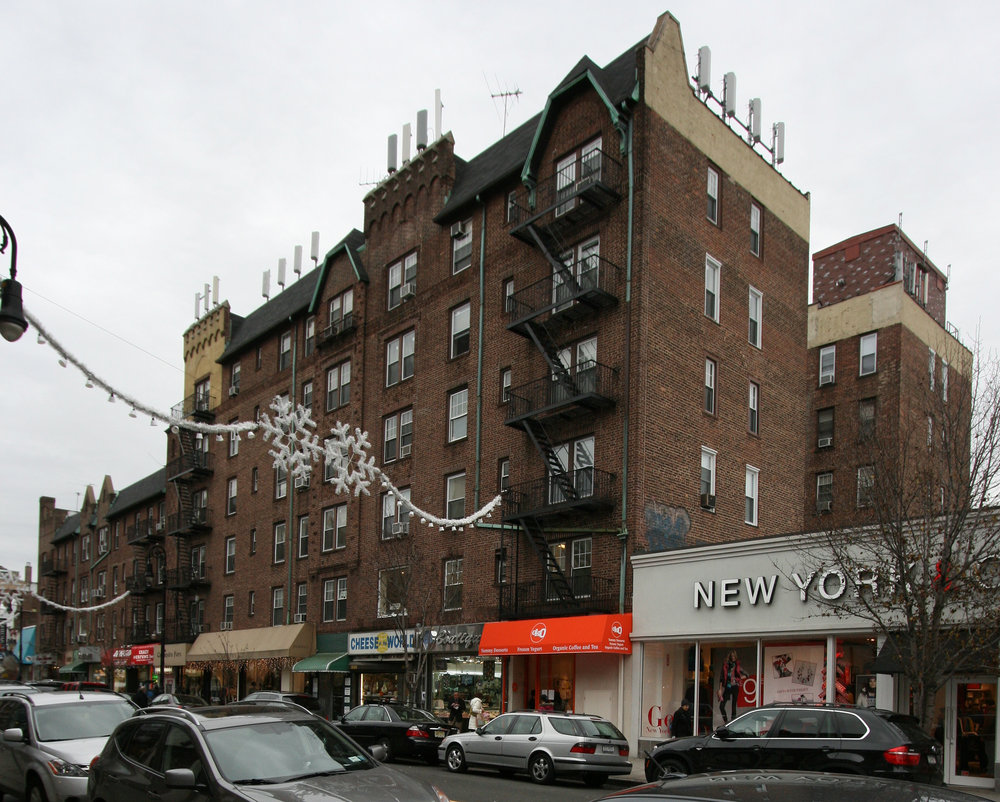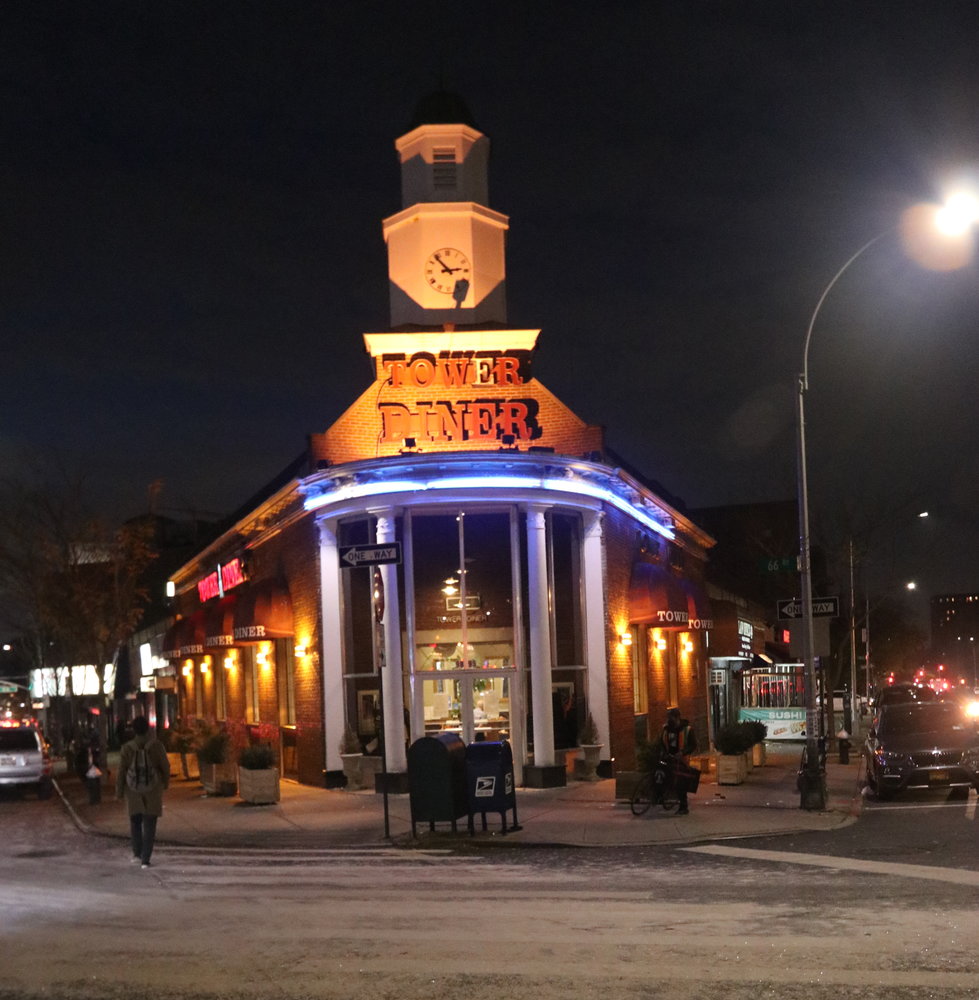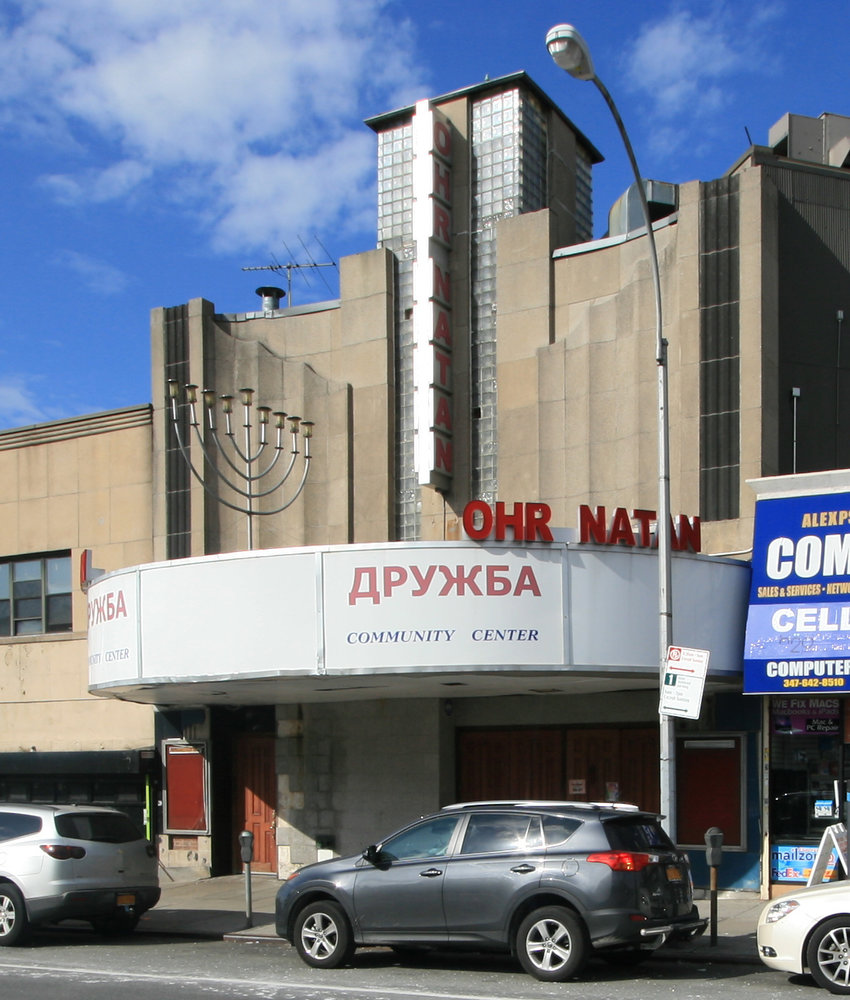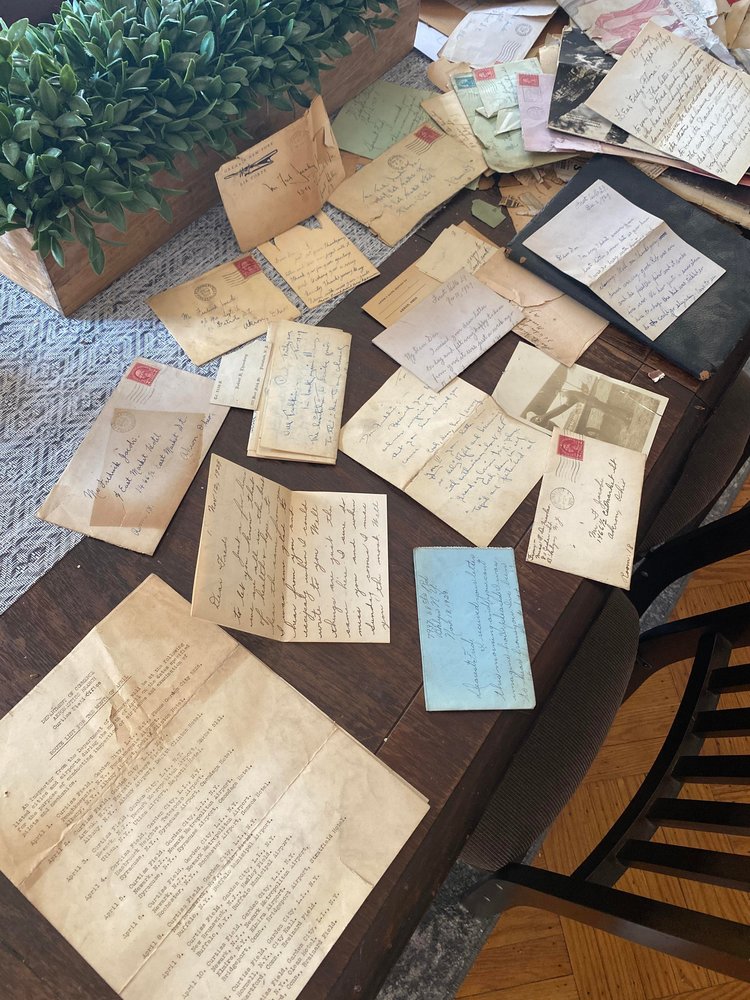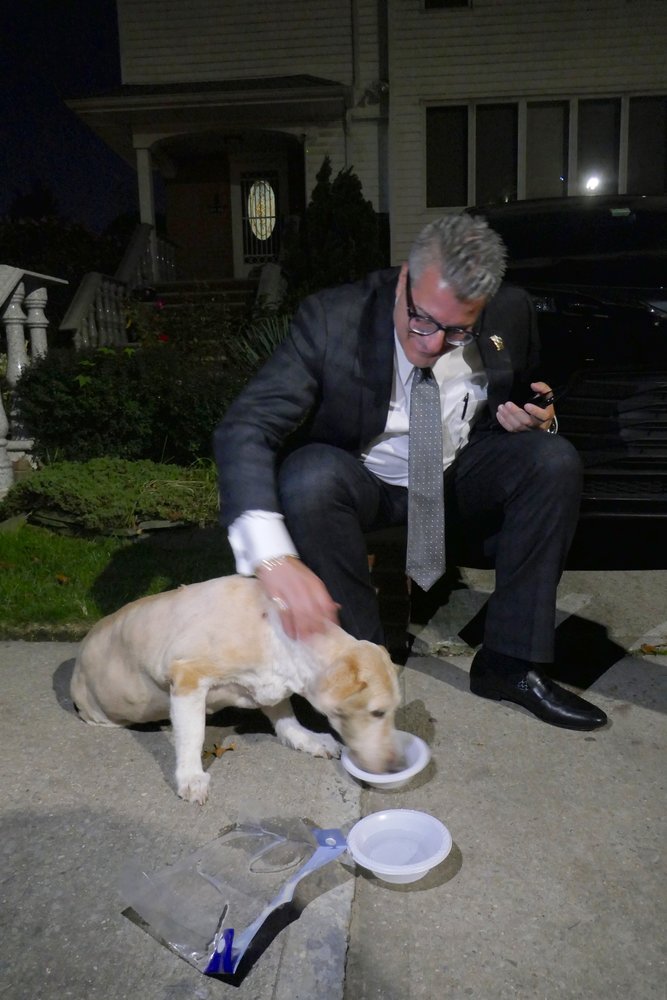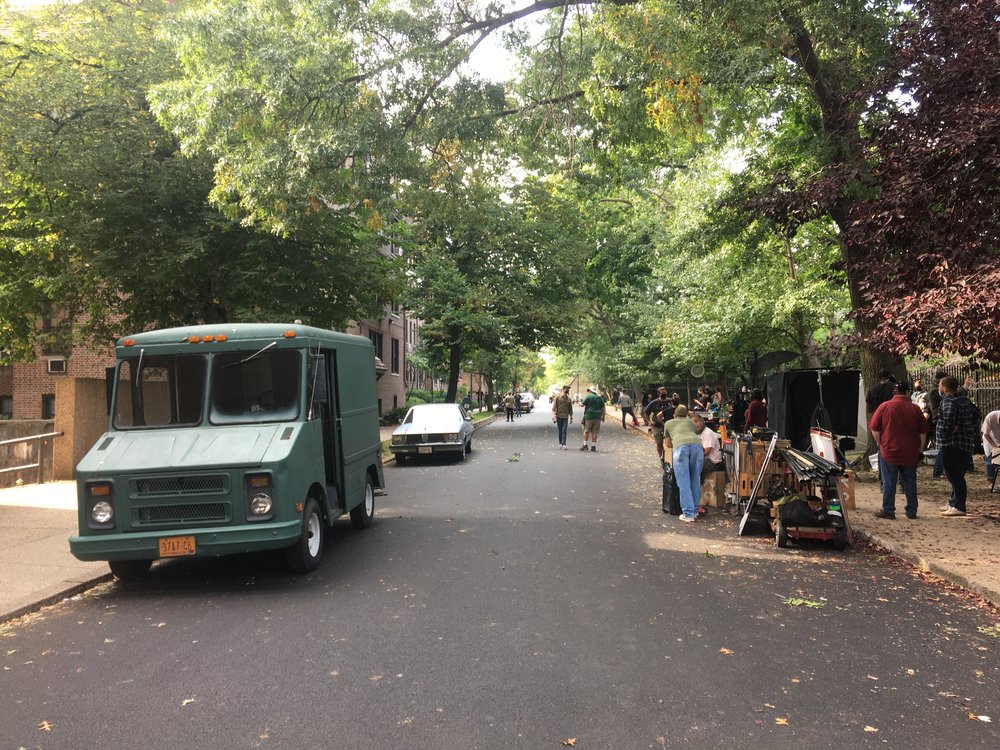Plaque program commemorates historic buildings
At a time when historic buildings are being demolished or altered, a new plaque program aims to spotlight architecturally and culturally significant buildings by explaining their history and distinctive architecture
It was founded by Rego-Forest Preservation Council with hopes that once property owners and residents are aware of a site’s unique characteristics and history, they will be maintained and preserved.
Forest Hills was named in 1906 by Cord Meyer Development Company, whereas Rego Park became official in 1923 thanks to the Real Good Construction Company. Early to mid-20th century buildings in the neighborhoods featured unique craftsmanship in styles ranging from Tudor and Colonial to Art Deco.
Academy Engraving, which is responsible for engraving the Tony Award statues, is working with the council to produce the bronze plaques.
“I feel it is extremely important to add a marker or plaque that explains the architectural significance and history of historic buildings,” said Academy Engraving founder and president Frank DiBella. “It definitely helps to stress the importance of preservation with the property owner and neighbors.”
DiBella grew up in Gravesend admiring and respecting the historic homes and buildings in his neighborhood.
“It was always exciting to discover a home built in the late 1700s and realize how many families came and went,” he said. “My favorite was Lady Moody’s home at 27 Gravesend Neck Road, which was famous in the neighborhood. My friends and I were proud it was in our own backyard.
“We also had the Wyckoff Bennett Homestead, a very interesting place built before the Revolutionary War,” DiBella added.
Dorothy Schreiber is board president of Hawthorne Court at 72-34 Austin Street, a Georgian Colonial residence built in 1931. It features a court entranceway, large decorative balcony, and dentil cornices, but the ornamental shutters are long-gone.
“It will help illuminate the historical presence of certain buildings and hopefully induce building owners to maintain and restore the unique village-like ambiance of our area, since presently Austin Street looks more like a shopping mall than a quaint village,” said Schreiber of the program. “A plaque will bring something special to our building.”
Kenney Vairo manages the six-story Forest Hills Towers at 71-50 Austin Street and its sister building, the four-story Edna Jean at 71-58 Austin Street, which is named for his mother.
“My grandfather Edward P. Kenney developed the buildings on Austin Street,” said Vairo. “He also owned three stores down the street where Chipotle is located, and a well-known bar and restaurant called Kenney’s. When he retired, my mother took over the real estate part at 23.”
Coming home to Sutton Hall at 109-14 Ascan Avenue offers a grand and charming experience. Built in 1931 by El-Walt Realty Corp, it is a foremost example of urban planning with English Manor design, evidenced by Medieval wood doors with stained glass, cupola, and half-timber and brick facade.
It was designed by Benjamin Braunstein, a Constantinople native and award-winning architect who was trained at the Hebrew Technical Institute and at the Beaux Arts Society.
He also designed several nearby buildings, including Valeria Arms, The Chatham, Marion Court, Remo Hall, Jupiter Court, Holland House, Tilden Arms, and The Wakefield.
“It is very important and delightful to preserve the history of our beautiful community,” said Leslie Lowry, a 40-year resident. “The plaques will show how proud and meaningful our homes are to us. When I enter my lobby, it makes me feel like I am entering an old castle, and my guests are always impressed.”
To acquire a plaque for your building, contact mperlman@queensledger.com.

